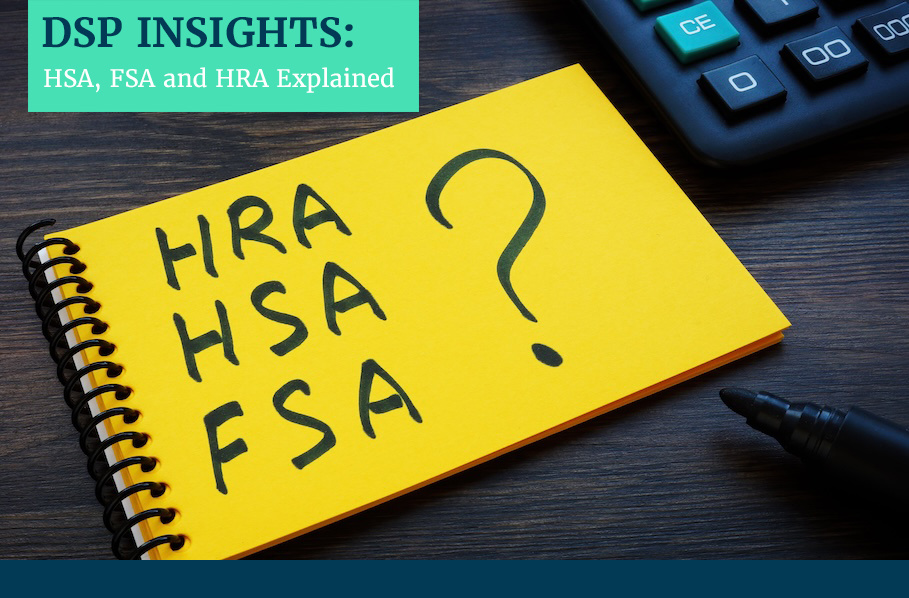HSA, FSA, and HRA Explained

When it comes to managing healthcare expenses and securing your financial future, it’s essential to explore your options beyond traditional insurance plans. Health Savings Accounts (HSAs), Flexible Spending Accounts (FSAs), and Health Reimbursement Arrangements (HRAs) offer innovative ways to navigate the complex world of healthcare costs while enjoying some significant tax advantages. Let’s break down these options and help you make informed decisions for your financial well-being.
Health Savings Accounts (HSAs): Your Tax-Advantaged Healthcare Buddy
An HSA, linked to a high deductible health plan (HDHP), serves as a tax-free account for qualified medical expenses. It offers substantial tax benefits: contributions from eligible individuals are tax-deductible, and employer contributions on behalf of eligible employees are excluded from their taxable income. Earnings on HSA contributions grow tax-free, and withdrawals for qualified medical expenses are typically tax-free too.
Flexible Spending Accounts (FSAs): Your Pre-Tax Wallet for Healthcare Costs
An FSA is an account held in an employee’s name, designed to reimburse them for eligible healthcare or dependent care costs. It enables employees to use pre-tax earnings from their paychecks to cover qualified expenses. The employee can receive cash reimbursements for covered expenses, up to the account’s total value, for costs incurred within the benefit plan year and any relevant grace period.
Health Reimbursement Arrangements (HRAs): Employer-Powered Savings
HRAs help reduce healthcare expenses by having employers fund individual HRA accounts for employees. They reimburse employees for documented medical costs, like deductibles and copayments, up to the HRA balance.
Navigating the world of healthcare expenses can be complicated, but these tax-advantaged accounts can make it more manageable. HSAs offer individual control and long-term savings potential, while FSAs provide immediate pre-tax benefits. HRAs, on the other hand, are powered by employers, helping to alleviate some of the financial burdens associated with healthcare. For a deeper understanding of each, please check out our Health Spending Accounts Summary and discover how these accounts can transform your employee benefits strategy.
